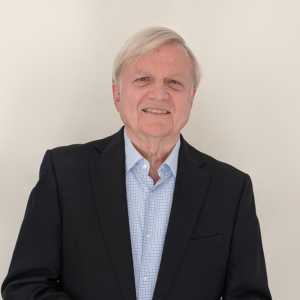Executive Function: Decision-Making Centered in the Mind
Executive Function (EF) refers to the neurocognitive skills that regulate the attention needed for focus and goal-directed problem-solving, perspective-taking, and emotional regulation.
Measuring EF through RPI’s assessment software enables an upstream driver to transform human and organizational productivity. Based on 20+ years of scientific research to inform product development, RPI’s app is designed to be easy to use while connecting EF skills to workforce performance.
To date, applications have included workforce upskilling, team development, and performance assessment and improvement. RPI’s SaaS technology delivers a seamless assessment and improvement experience.
Everchanging Business Landscape Demands Executive Function Skills
The urgency to address EF measurement and skills development has been exacerbated by:
- Oversaturated entertainment culture creating frequent distractions and increased stress
- Flat organizations with employees within 3 degrees of separation from the customer
- At home and hybrid work reducing organizational support and influence
- Increased dependence on online tools and knowledge instead of interpersonal skills
- General declines in reading time, critical thinking, and communications skills
- Lower levels of organization and, at times, work commitment among some workers
Measuring EF skills and supporting the growth of individual and team EF skills helps reduce employee risks, improves well-being and productivity, and generates substantial ROI.
Objective Measurement Leverages the Human Productivity Lifecycle
EF can be correlated to human performance factors to develop a more productive workforce. Reflected in these example measurements of EF is a wide dispersion of results along a declining normative curve for participants between 20 and 60 years old. Positive outliers above the curve demonstrate how cognitive skills can remain strong while others could benefit from maintaining or improving cognitive skills at any age.
Reflect/EF: Unlocking Productivity in 5 Minutes with a Measurement App
Reflect/EF, RPI’s game-like app, provides a quick, easy to use online experience. Introduced by a video to improve the participant’s foundational awareness of Executive Function (EF), the game then begins by presenting a series of challenges that progress in the level of difficulty. The game is deceptively simple yet reveals thinking power through a scientifically validated and proven measurement that enables improvement in self-management skills to benefit all areas of life.
Executive Function Measures Higher-Level Thinking
RPI’s objectively scores EF measurement directly from data obtained within the Reflect/EF app’s results. It is not observational, nor self-scored. Participants obtain scores for EF and three of the cognitive root skills that underlie EF. These scores anticipate human factors across any business.
| These root level skills are critical for reasoning, communication, and problem solving. They help people put what they know into practice.
It is not so much what participants know that matters in the app’s measurement. It is whether they can apply their knowledge in the moment, which is designed to model the intensity and pace of modern workplaces and life in general, including high-stress situations and other diverse environments. |
RPI’s Assessment Delivers Improvement for Individuals and Teams
RPI’s EF measurement is applicable to all adult ages, and useful for life success or work performance. It has also been integrated into a seamless online improvement experience delivered by laptop, tablet, or smartphone. Participants receive a read-out of productivity aids based on assessed cognitive strengths and weaknesses, which can be enhanced through EF skills training.



